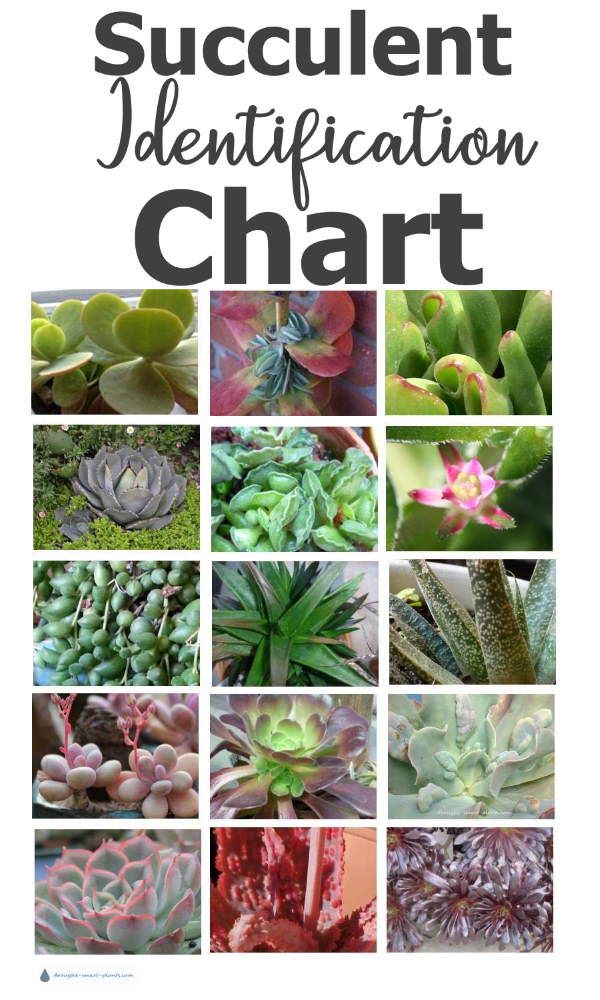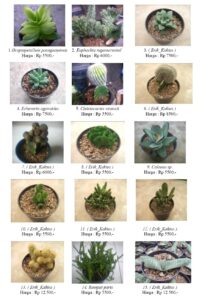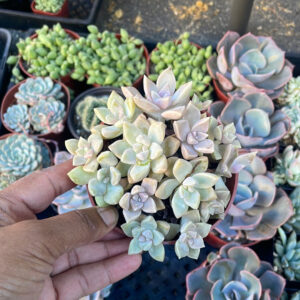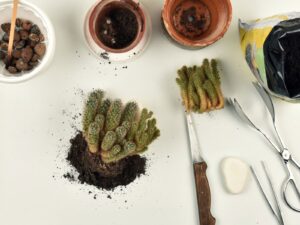Flowering succulent plants represent a vibrant and captivating segment of the botanical world, blending the striking allure of blooms with the hardiness of succulent foliage. However, identifying these floral wonders can present a delightful yet perplexing challenge for enthusiasts and novices alike. Have you ever tried identifying a flowering succulent, only to find yourself overwhelmed by the sheer variety of forms and colors? The task may initially seem daunting, but with a careful look at their unique characteristics, it can also be immensely rewarding.
The realm of flowering succulents invites exploration through several distinctive categories. Each type boasts unique adaptations and diverse appearances, setting the stage for a fascinating journey into plant identification. This article will elucidate key features, highlight notable species, and assist you in demystifying the enchanting language of flowering succulents.
Succulent flowers are not merely decorative; they play an essential role in the plant’s reproductive cycle. The blooms emerge from leaf axils, atop stem tips, or among the rosette formations of various succulent types, often creating an eye-catching contrast against their fleshy leaves. Their colors can range from subtle pastels to vibrant hues, beckoning pollinators and gardeners alike.
Understanding the basic categories of flowering succulents enables a more structured approach to identification. This section explores the major groups, providing a foundation for recognizing specific species effortlessly.
First, consider the alluring Agave family, known for its architectural beauty and spectacular flowering spikes. These native desert plants send up towering stalks adorned with an explosion of tubular flowers, usually in shades of yellow or orange. Flowering typically occurs after several years, sometimes decades, of growth, a fascinating facet that enhances their allure. The iconic Agave americana, commonly known as the Century Plant, serves as an exemplar of this captivating transformation.
Next in this botanical voyage is the Crassulaceae family, featuring well-known genera such as Echeveria and Sedum. Crassulaceous plants often exhibit charming rosettes that produce charming terminal flowers. Echeveria, with its diverse colors ranging from deep maroon to soft blue-grey, blooms in subtle pinks and yellows, a delightful contrast to the vibrant foliage. Sedum species, on the other hand, present clusters of small, star-shaped flowers in various bright hues, creating a stunning spectacle during the blooming season.
The Cactaceae family, while traditionally known for its formidable spines, showcases some of the most exquisite flowering succulents. From the iconic Saguaro (Carnegiea gigantea) to the lesser-known Echinopsis, cacti illustrate the art of adaptation. Cactus flowers are often large and flamboyant, emerging during the warm months to take advantage of pollinator activity. The vibrant blossoms can be a stark contrast to the often muted colors of the cactus itself. Each species demonstrates a unique blooming strategy, making identification based on flower characteristics indispensable.
To effectively identify flowering succulents, close examination of specific flower attributes is paramount. The structure of the flower—including its shape, color, and arrangement—serves as critical clues. Consider the following aspects:
Floral shape and form play a vital role in distinguishing between species, as many flowering succulents have unique floral architectures. Tubular flowers are commonly associated with hummingbird pollination, while flattened flowers may attract bees or butterflies.
The color palette can also provide telling indications. Some flowering succulents exhibit seasonal variations, transforming hues as they approach maturity. Knowing the typical color spectra for specific succulents enhances the identification process significantly.
Additionally, noting the floral arrangement is essential—some species produce solitary blooms, while others create clusters in various formations. Paying attention to how the flowers appear in relation to leaves and stems can often lead to a precise identification.
A deeper dive into the identification process reveals that recognizing environmental factors can amplify the challenge. Local climate, altitude, and even soil composition influence the growth and flowering patterns of succulents. For instance, a species that thrives in arid desert conditions may exhibit vastly different blooms in a more humid environment.
Finally, foster your identification skills by cultivating a relationship with flowering succulents in your own garden or at local nurseries. Start a personal catalog by taking photos and making notes about the characteristics observed. This interactive approach solidifies the knowledge gained and cultivates a deeper appreciation for these extraordinary plants. Observe not just the flowers but the entire plant to understand its life cycle.
Offsetting the complexities of identifying flowering succulents comes the joy of discovery. With a bit of patience and practice, you will soon cultivate an understanding that makes identifying these resilient flowering delights less of a challenge and more of an engaging hobby. So, ready to put your identification skills to the test? Your blossoming adventure awaits in the enchanting world of flowering succulents, just outside your door. Embrace the journey and celebrate the beauty that nature has to offer.





Leave a Comment